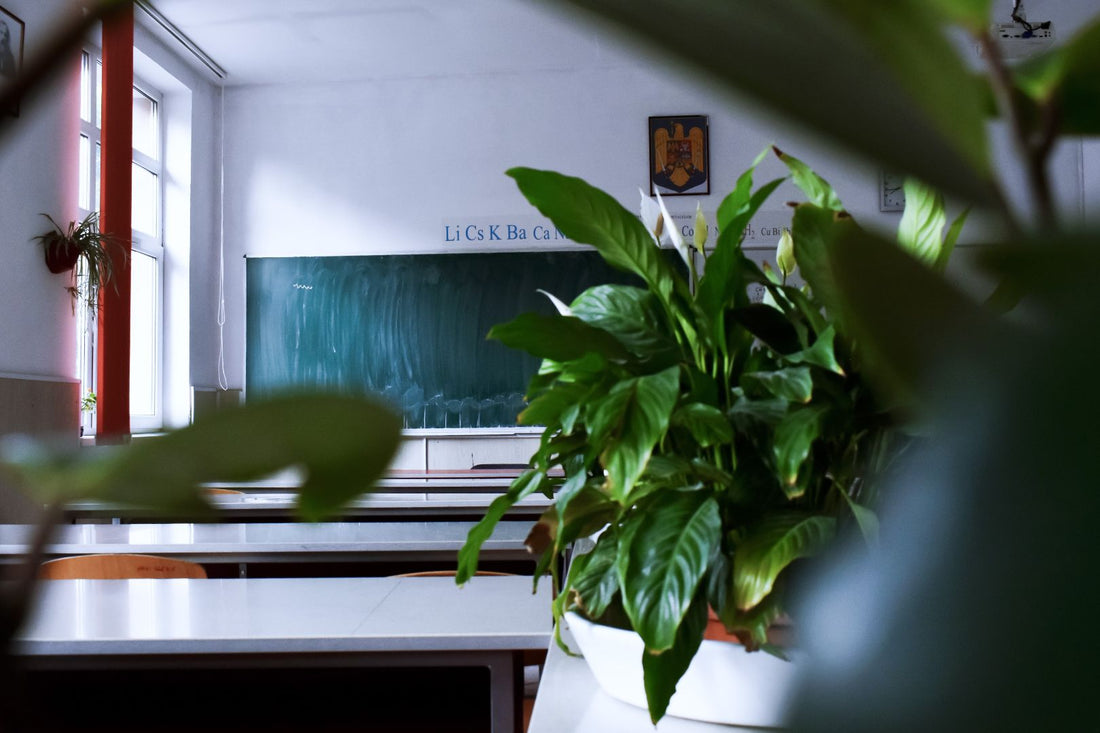When it comes to creating a conducive learning environment, schools are always looking for innovative ways to enhance the overall experience for students. One such method that has gained popularity in recent years is the inclusion of houseplants in classrooms. While it may seem like a simple addition, the benefits that students can reap from having houseplants in schools are truly remarkable.
Improved Air Quality
Indoor air pollution is a common concern in schools, with factors such as dust, chemicals, and volatile organic compounds (VOCs) affecting the air quality. Houseplants act as natural air purifiers, absorbing these harmful substances and releasing clean oxygen. Studies have shown that having plants in classrooms can significantly reduce the levels of indoor air pollutants, leading to improved air quality and ultimately, better health for students.
Enhanced Concentration and Productivity
Research has demonstrated that the presence of plants in educational settings can have a positive impact on students' concentration and productivity. The calming effect of greenery promotes a sense of tranquility, reducing stress levels and increasing focus. This, in turn, leads to improved academic performance and a more conducive learning environment.

Increased Engagement and Creativity
Houseplants can also stimulate students' creativity and engagement. The natural beauty of plants can inspire curiosity and wonder, encouraging students to explore and learn. Additionally, studies have shown that being in the presence of plants can enhance cognitive function, memory retention, and problem-solving skills. By incorporating houseplants into the classroom, teachers can create a more stimulating and interactive learning environment.
Positive Psychological Effects
Plants have been proven to have positive psychological effects on individuals, and students are no exception. The presence of greenery in schools can promote a sense of well-being, reduce anxiety, and improve overall mood. This can be particularly beneficial for students who may be experiencing stress or facing challenges in their academic journey. Houseplants provide a natural and cost-effective way to create a nurturing and supportive atmosphere within the school.
Promotion of Environmental Awareness
Introducing houseplants in schools can also serve as an educational tool to promote environmental awareness and sustainability. By incorporating lessons on plant care, students can learn about the importance of plants in our ecosystem and the role they play in maintaining a healthy planet. This hands-on experience can cultivate a sense of environmental responsibility and encourage students to become stewards of the environment.

In conclusion, the inclusion of houseplants in schools offers a multitude of benefits for students. From improved air quality to enhanced concentration and creativity, the positive impact of greenery in educational settings cannot be overstated. By embracing the power of nature, schools can create a healthier, more engaging, and nurturing environment for their students to thrive in.

